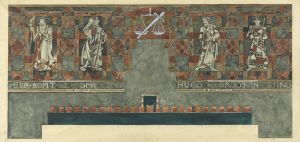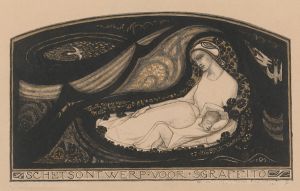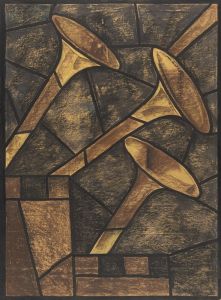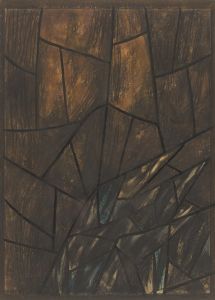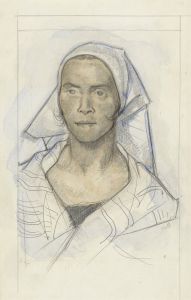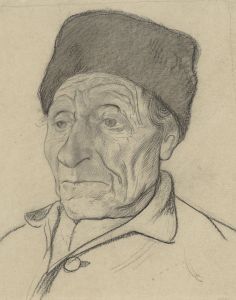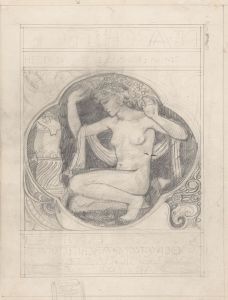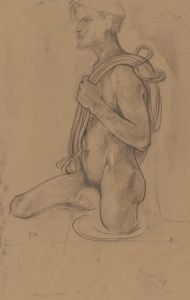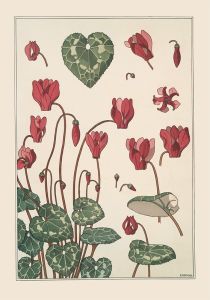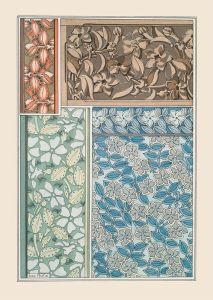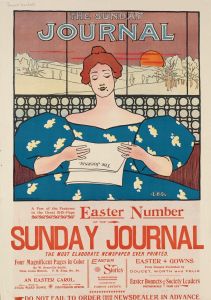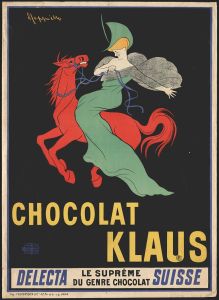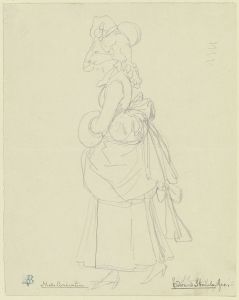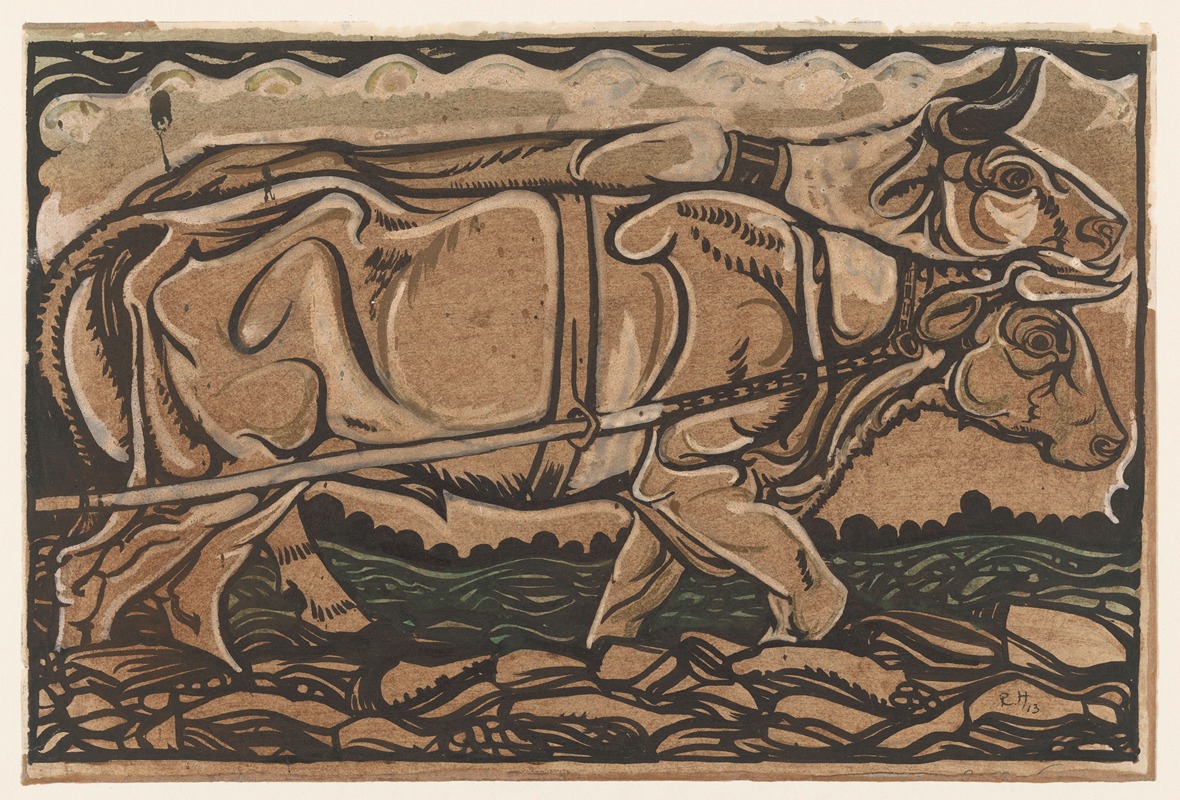
Ontwerp voor schildering Heidemaatschappij te Arnhem; twee trekossen
A hand-painted replica of Richard Nicolaüs Roland Holst’s masterpiece Ontwerp voor schildering Heidemaatschappij te Arnhem; twee trekossen, meticulously crafted by professional artists to capture the true essence of the original. Each piece is created with museum-quality canvas and rare mineral pigments, carefully painted by experienced artists with delicate brushstrokes and rich, layered colors to perfectly recreate the texture of the original artwork. Unlike machine-printed reproductions, this hand-painted version brings the painting to life, infused with the artist’s emotions and skill in every stroke. Whether for personal collection or home decoration, it instantly elevates the artistic atmosphere of any space.
Richard Nicolaüs Roland Holst was a prominent Dutch artist known for his contributions to the art and design movements in the Netherlands during the late 19th and early 20th centuries. One of his notable works is "Ontwerp voor schildering Heidemaatschappij te Arnhem; twee trekossen," which translates to "Design for Painting Heidemaatschappij in Arnhem; Two Draft Oxen." This work is a testament to Holst's skill in integrating art with social and industrial themes, a common practice in his oeuvre.
Richard Roland Holst was born on December 4, 1868, in Amsterdam, and he became a significant figure in the Dutch art scene. He was associated with the Amsterdamse Joffers, a group of artists who were part of the larger Amsterdam Impressionism movement. Holst's work often reflected his interest in social issues and his commitment to integrating art into everyday life, a principle that was central to the Arts and Crafts movement, which he admired.
The "Ontwerp voor schildering Heidemaatschappij te Arnhem; twee trekossen" was created as a design for a mural intended for the Heidemaatschappij, a company involved in land reclamation and agricultural development in the Netherlands. The Heidemaatschappij played a crucial role in transforming heathlands into arable land, which was an important aspect of Dutch agricultural and economic development during that period. Holst's design reflects the significance of agriculture and the rural landscape in Dutch culture and economy.
The depiction of two draft oxen in the design is symbolic of the labor and effort involved in agricultural work. Oxen were commonly used for plowing fields and other heavy farm work, representing strength, endurance, and the symbiotic relationship between humans and animals in agricultural practices. Holst's choice to focus on these animals highlights the importance of agriculture in sustaining communities and the broader economy.
Holst's artistic style is characterized by a blend of realism and symbolism, often incorporating elements that convey deeper meanings or social messages. His work on the Heidemaatschappij mural design is no exception, as it combines a realistic portrayal of the oxen with a symbolic representation of agricultural labor's vital role in society.
Throughout his career, Holst was not only an artist but also an educator and a writer. He served as a professor at the Rijksakademie van Beeldende Kunsten in Amsterdam, where he influenced a generation of artists with his ideas about the social function of art. His writings and teachings emphasized the importance of art in public spaces and its potential to inspire and educate the public.
Richard Roland Holst's contributions to Dutch art and his efforts to integrate art with social themes have left a lasting legacy. His design for the Heidemaatschappij mural is a reflection of his commitment to these ideals, showcasing his ability to create art that is both aesthetically pleasing and socially relevant. The work remains an example of how art can engage with and reflect the cultural and economic realities of its time.





